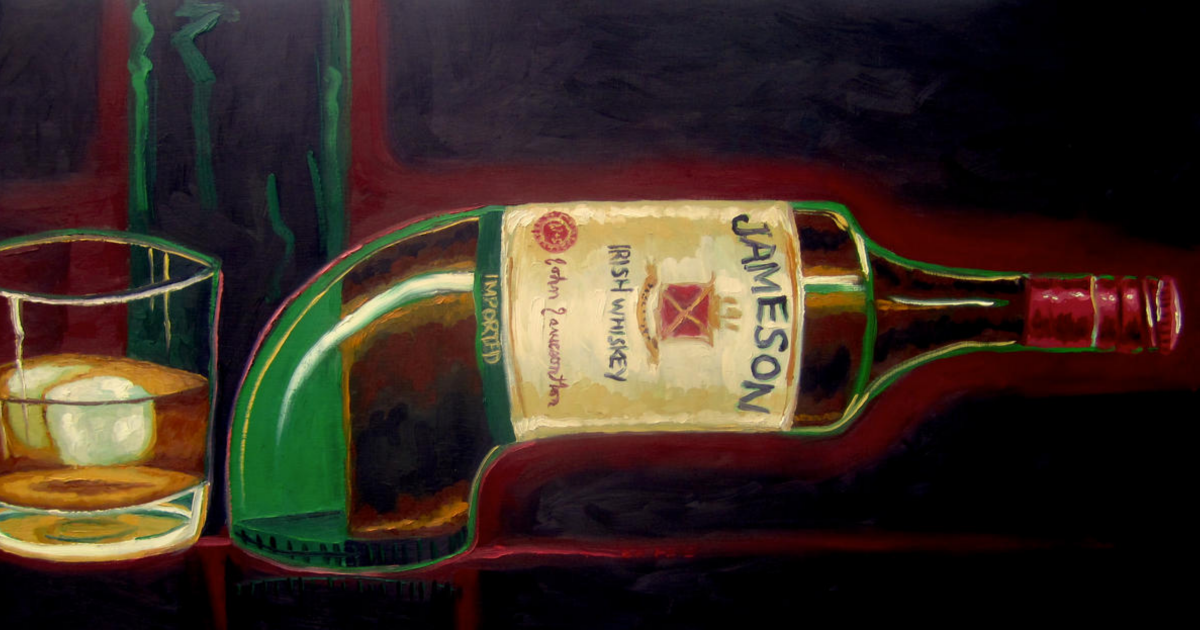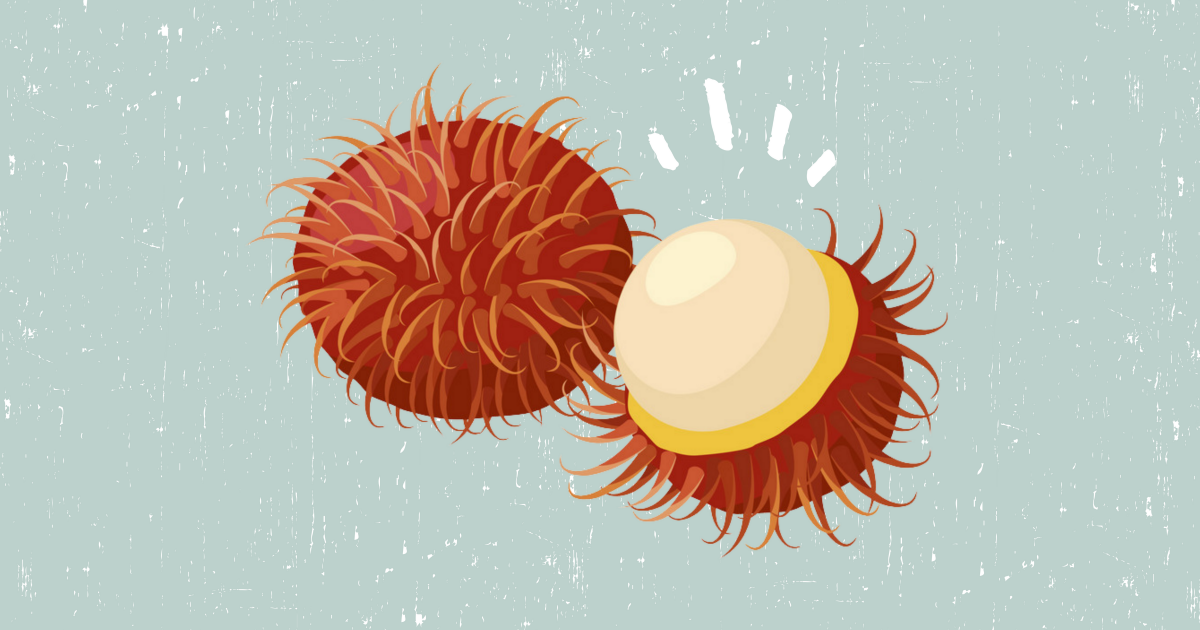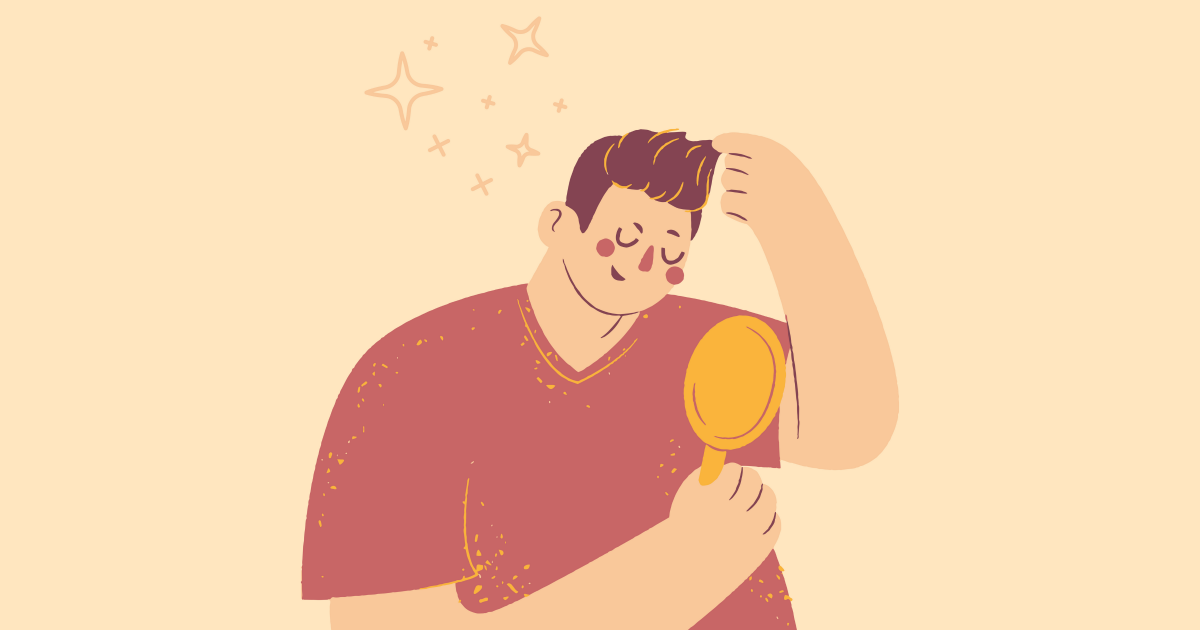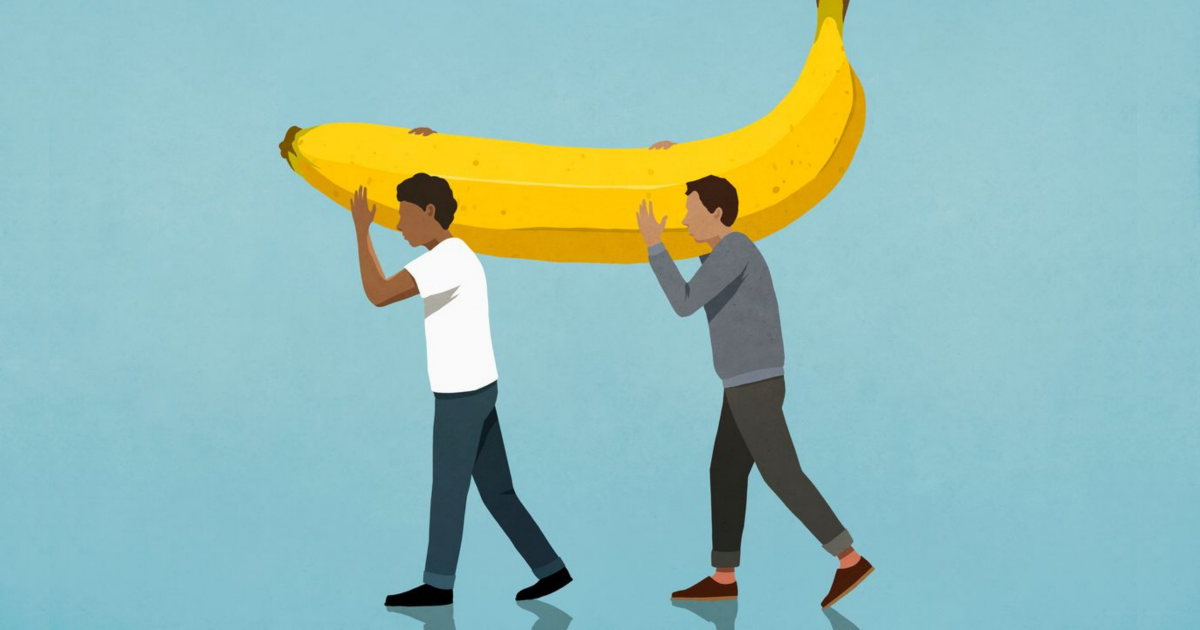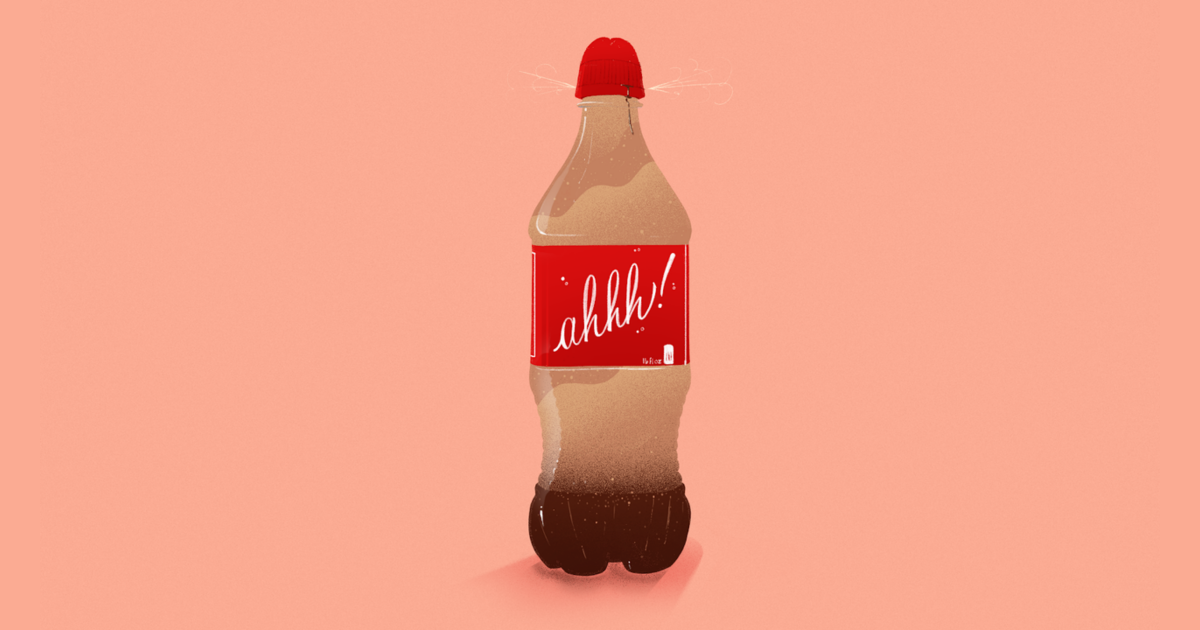Viagra®, also sometimes known as “the little blue pill”, is the most famous name in treating erectile dysfunction (ED). It was the first oral pill to treat ED and was approved by the U.S. Food and Drug Administration (FDA) in 1998.
In this article, we share more on how Viagra® works to treat ED, potential side effects, Viagra® alternatives, and the safest way to obtain Viagra® in Singapore.
What Is Viagra®?
Viagra® is a brand-name prescription drug that’s approved to treat ED. With ED, you are unable to get or keep an erection firm enough for sex.
Viagra® is often mentioned alongside a drug called Sildenafil / Generic Sildenafil. While these two medications might have different names, they contain the same ingredient and work exactly the same. In comparison with Viagra®, generic sildenafil is much more affordable and wouldn’t burn a hole in your wallet.
How Does Viagra® Help To Treat Erectile Dysfunction?
An erection occurs when nerves in your penis are stimulated. This results in muscles around the penis, known as the corpora cavernosa, to relax and allow blood to flow in, causing an erection.
Sildenafil, the active ingredient in Viagra®, is a PDE-5 inhibitor that works by relaxing the blood vessels, allowing blood to flow into your penis when you get aroused to create and sustain an erection.
Viagra® helps you get hard. If you often find yourself climaxing too fast, you may have premature ejaculation (PE), which is treated with a different medication.
How Effective Is Viagra®?
In multiple clinical studies, between 43% and 83% of men who took Viagra® had improved erections (these success rates varied depending on the cause of their ED and the dosage of Viagra® being used).
How Long Does Viagra® Last?
According to Viagra®’s FDA label, the drug can help to produce an erection up to 4 hours after pill-talking but its effects usually start to taper off after 2-3 hours.
As you get older, your metabolism slows down. Hence, some people notice Viagra® works for a longer period as they age.
Can you climax more than once with Viagra?
Viagra® may not work again immediately after ejaculation. Your stamina, natural refractory period, and level of arousal are just some factors that can determine how many times you’ll be able to come before the medication wears off.
How To Take Viagra®?
Viagra® may be taken anywhere from 30 – 60 minutes before sexual activity. This is the average time needed for Viagra® to start working, but in some cases it can take up to 2 hours to work.
Do not take Viagra® more than once a day or the dose prescribed for you.
How To Take Viagra® For Best Results?
Viagra® works best when taken in the right conditions. Below are some tips that you can use to take Viagra® more effectively and get the best possible results from each blue pill:
- Eat a light meal beforehand
Viagra® does not need to be taken with food to work. However, a light meal can help to prevent indigestion/stomach upset!
Avoid large meals and high-fat foods (eg. fried, greasy food) before taking Viagra®. The fat in the meal can potentially delay the absorption of Viagra® in your body, meaning it may take longer to take effect.
Had a large meal? Wait a couple of hours to allow enough time for digestion before taking Viagra®.
- Try to relax
If you feel anxious, nervous, depressed, or stressed, your body may not respond well to sexual stimulation. If this is the case, try to relax, make yourself comfortable, and give yourself time for the medication to work! Viagra® usually starts to work within 30-60 minutes. You may take it up to 4 hours before sexual activity.
- Get in the mood
Viagra® will not work if you are not sexually aroused! Try giving each other a sensual massage or taking a warm bath together. Extend your foreplay, and you may even want to try role-playing to shake things up a little!
- Avoid alcoholic drinks after taking
Alcohol can decrease blood flow to your penis, making Viagra® less effective and shorter-lasting.
Also, Viagra® can lower blood pressure. Combining it with alcohol can increase this effect. If your blood pressure drops, symptoms like dizziness, lightheadedness, and headache could also hinder your hard-on and mood.
Potential Side Effects Of Viagra®
Viagra® is generally safe when taken under the advice and supervision of a medical professional. According to the NHS, most men have no side effects or only minor ones.
Mild side effects
Common side effects include:
- Headaches are mostly mild and go away quickly with rest. If the headache is bothersome, take paracetamol painkillers that can be purchased over-the-counter.
- Facial flushing where the skin on your face feels hot. Open a window, turn on a fan or lie down and rest to cool down if flushing occurs.
- Indigestion or stomach pain. Take with a light meal if Viagra® causes stomach upset. However, do note that food can delay the absorption of the medication, meaning it may take longer for Viagra® to work.
- Stuffy nose.
- Visual disturbances (eg. blurring of vision, blue tinge in vision).
Common side effects typically go away over time as you adjust to the medication. If you experience any of the above, keep taking the medicine, but tell your doctor if these side effects bother you or do not go away.
Serious side effects
Serious side effects from Viagra® are rare, but they can occur. Stop your medication and contact your doctor immediately if you experience any of the following:
- Chest pain.
- Allergic reaction. Symptoms can include swelling of the face, eyes, lips or tongue, difficulty in breathing, or itchy skin rashes over your whole body.
- Priapism, a prolonged and sometimes painful erection that lasts more than 4 hours.
- Sudden vision loss in one or both eyes.
- Sudden hearing decrease or loss. May also involve other symptoms, such as tinnitus (ringing or buzzing in ears) or dizziness.
Alternative ED Pills To Viagra®
While Viagra® is considered to be the most common medication for ED, there are quite a few on the market. They all work the same — improve blood flow to the penis so that you can have and keep an erection long enough to have sex, but can differ in the cost, how fast they start working and how long their effects last.
| ED Pills | Characteristics |
| Viagra® (Sildenafil) | – Taken prior to sexual activity – Onset: 30-60 minutes – Duration: 4-5 hours |
| Generic Sildenafil | – Taken prior to sexual activity – Onset: 30-60 minutes – Duration: 4-5 hours |
| Spedra® (Avanafil) | – Taken prior to sexual activity – Onset: 15-30 minutes – Duration: 6-12 hours |
| Cialis® (Tadalafil) – 20mg | – Taken prior to sexual activity – Onset: 30-45 minutes – Duration: 24-36 hours |
| Levitra® (Vardenafil) | – Taken prior to sexual activity – Onset: 30-60 minutes – Duration: 4-5 hours |
| Cialis® (Tadalafil) – 5mg | – Taken daily – Onset: Continuous – Duration: Continuous |
How And Where To Get Viagra® In Singapore?
The only (safest and legal) way to get Viagra® (Sildenafil) or other ED pills in Singapore is with a valid prescription from a Singapore licensed doctor.
ED pills may result in harmful physical reactions if they are not taken in the right dose, if you have certain medical conditions, or if you’re on certain medication. As such, it is important for a doctor to access your health condition before he/she can deem your suitability for Viagra® and at what dose.
Avoid counterfeit viagra
Oral medications for ED are among the most counterfeited medications in the world. A Straits Times article in 2014 reported that 11 men in Singapore have died after taking illicit sex drugs.
Never buy medication for ED from unauthorised sellers or if the medication is of unknown origin. These illegal products have no guarantee on the contents, efficacy, safety and quality. So you actually have no idea whether the pill will work or worse, if the pill will harm you.
Where to get a doctor’s prescription for Viagra®?
A Viagra® prescription can be obtained from a General Practitioner (GP) or urologist (private and public sector). However, talking about our issues in bed may be a little awkward, and having to make a trip down to the clinic deters most men from seeking the help they need.
With Arx — a MOH-approved digital health & wellness clinic for men, you can get a personalized ED treatment prescribed by a SG licensed doctor online and delivered discreetly to your home at $0. Simply start by answering some questions on your lifestyle, symptoms and medical history.
The Bottomline
If ED is affecting your relationship, sex life or self-esteem, it is best to seek help from a medical professional. They’ll help you find the solution that’s right for you, and potentially catch other health problems before they become severe.
At Arx, we believe in empowering men with access, choice and knowledge to navigate health issues that matter. We provide affordable access to ED treatments, delivered conveniently to your door in discreet packaging to ensure your health remains confidential.
References
- Jewell, T. (2018, November). Everything You Need to Know About the Refractory Period. Healthline. https://www.healthline.com/health/healthy-sex/refractory-period
- Jewell, T. (2021, September). How Long Does Viagra Last?. Healthline. https://www.healthline.com/health/erectile-dysfunction/how-long-does-viagra-last
- Lim, J. (n.d.). Erectile Dysfunction (ED): Causes and Diagnosis. HealthXchange. https://www.healthxchange.sg/men/erectile-dysfunction/erectile-dysfunction-causes-diagnosis
- Marshall, H. (2021, August). Side Effects of Viagra: What You Need to Know. Healthline. https://www.healthline.com/health/drugs/viagra-side-effects
- Pietrangelo, A. (2021, July). Viagra vs. Cialis vs. Levitra vs. Stendra: How Each Stacks Up. Healthline. https://www.healthline.com/health/erectile-dysfunction/cialis-levitra-viagra
- Tan, J. K., Hong, C. Y., Png, D. J., Liew, L. C., & Wong, M. L. (2003). Erectile dysfunction in Singapore: prevalence and its associated factors – a population-based study. Singapore medical journal, 44(1), 20–26. https://pubmed.ncbi.nlm.nih.gov/12762559/


